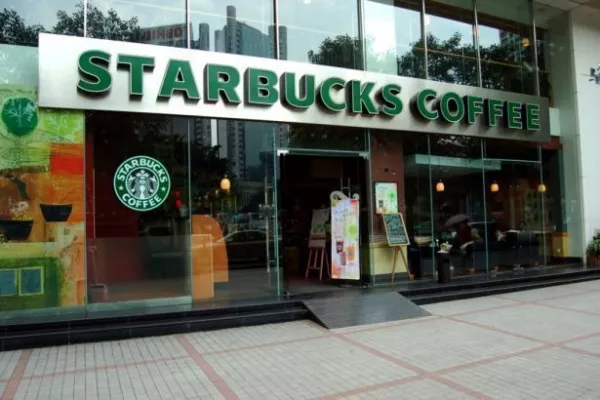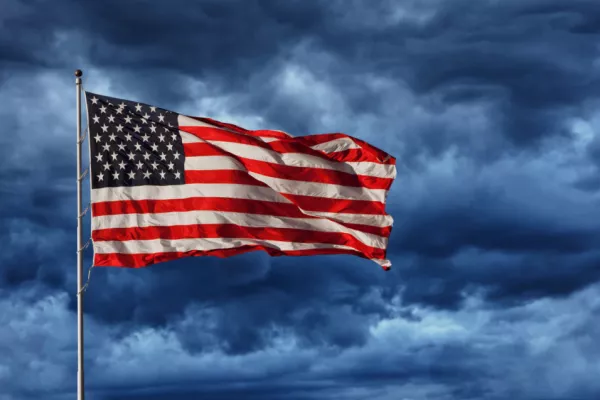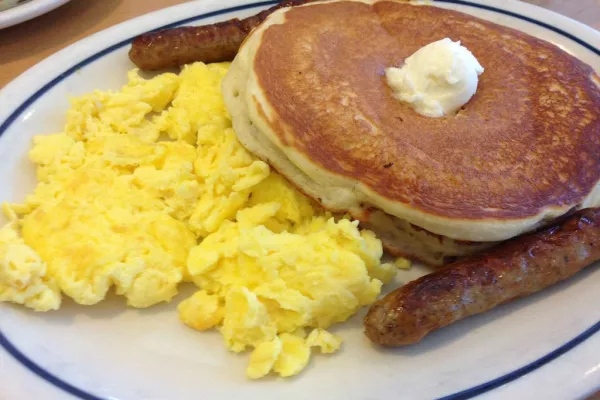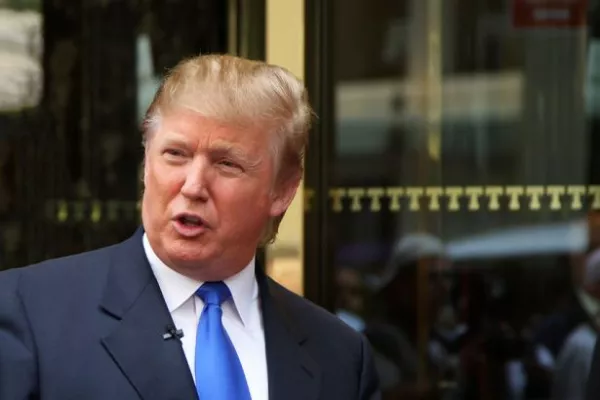Starbucks wants to persuade its coffee-loving customers to come back for lunch, after stumbling several times in previous attempts to expand its food offerings.
The beverage chain is seeking to boost the food category to about 25 percent of total US sales, compared with 20 percent now, said Chief Operating Officer Kevin Johnson, who will take the helm from Chief Executive Officer Howard Schultz next year. That will largely depend on Starbucks’ ability to capture the lunch crowd, a foray that some industry analysts view with skepticism.
“I really have questions as to how much more significant they can be in food,” said Bob Goldin, a consultant who’s been in the food-service business for 38 years. “I just don’t know how - operationally and labor-wise - they’re really equipped to take the next leap in food. I’d rather see them focus on beverage innovation.”
Starbucks is in the midst of a major transition. Schultz, who built the caffeine empire by bringing Italian coffee culture to the American mainstream, will hand the day-to-day operation to Johnson on April 3. As executive chairman, Schultz will focus on a premium brand called Reserve. The initiative includes upgraded coffee, 1,000 cafes that will showcase the new brand and flagship stores as large as 20,000 square feet (1,860 square meters) called Roasteries.
Stumbling Blocks
That leaves Johnson to spearhead the food expansion. Over the years, Starbucks has tried to upgrade its culinary offerings to attract more diners and maintain sales growth. But it’s run into hiccups. In 2008, when Schultz returned as CEO, he had to change warm breakfast sandwich recipes after customers were turned off by the aroma of burnt cheese, which overpowered the coffee scent. Two years ago, the company was forced to bring back some loaf cakes after diners complained about the new La Boulange line of pastries.
“We’ve got to focus on an elegant culinary experience,” Johnson said during an investor webcast on Wednesday. That includes “elements of fresh - meaning prepared and consumed in the same day - and healthy,” he said. Now, Starbucks food is prepared off site and delivered to cafes.
Getting the food menu right is critical to Starbucks’ growth plans. The chain plans to boost revenue by 10 percent and same-store sales by a mid-single-digit percentage annually during the next five years, the Seattle-based company said in a statement. It is seeking to add 12,000 cafes over the next five years, bringing its total store base to 37,000.
Earlier this year, Starbucks bought a stake in Italian bakery Princi, which sells pastries, pizza and pasta. It wants to add that higher-end food to the Reserve locations. The company also plans to open Princi standalone locations in cities including Chicago, New York and Seattle starting next year.
Melding Princi and La Boulange into the Starbucks brand will be“tough,” said Bill Chidley, partner and co-founder at brand consultancy ChangeUp. “They seem like interlopers versus partners.”
Egg Bites
Starbucks next year will add fancier items including Sous Vide Egg Bites, as well as a gluten-free breakfast sandwich. And to entice customers at midday, it’s expanding Bistro Boxes, which are snack-based meals intended to appeal to people on the go. Currently Starbucks sells boxes with cheese and fruit, peanut butter and jelly and Thai-style peanut chicken wraps.
But adding too many sandwiches and wraps may hurt Starbucks in the long term. Food is usually sold at a lower margin than beverages, especially premium drinks like Java Chip Frappuccinos. And higher prices may drive away customers like Bryan Walton, who favor the relatively cheap sandwiches.
For Walton, 52, eating lunch at Starbucks is more about price and convenience, not the quality of the fare. The limousine-company owner, who works in Washington, says he pays about $7 for a Starbucks lunch versus $13 at other restaurants.
“For what it is, it’s good,” he said. But at other nearby lunch spots and food trucks, “you’re going to get higher quality.”
News by Bloomberg, edited by Hospitality Ireland









